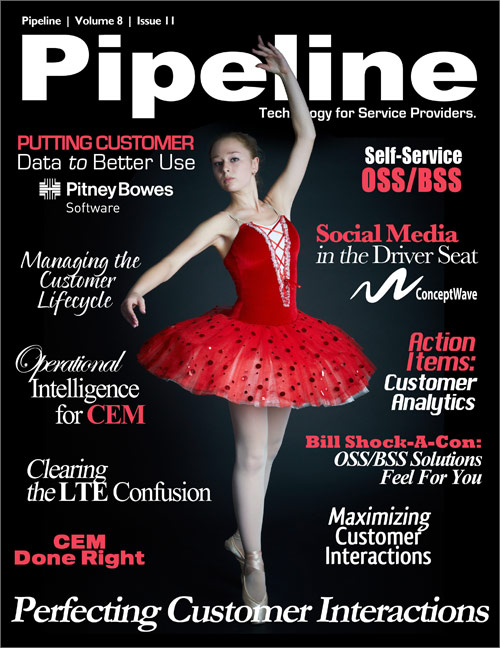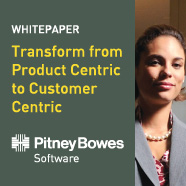By: Sanjay Kumar

For CSPs, customer interactions fall into three basic categories: "the good, the bad and the ugly." Each of these interactions has a different impact on a CSP with respect to corporate objectives, finance, customer goodwill, and brand reputation.
Obviously, the ultimate goal is to have only the "good" interactions, which yield a stronger, long-term relationship with customers, increasing positive sentiment and ultimately generate more revenue and customers. These touch points are typically more proactive in nature. The CSP takes the lead to reach out to customers and present them with offers or information that enhances their overall experience.
On the other side of the spectrum, "the bad" occurs when the customers are the key drivers in contacting the CSP because they are unhappy with their experience and their expectations have not been met. Whether the catalyst for contact is an unfilled service promise, recurring service issues, or billing discrepancies, the customer viewpoint is that the provider should be meeting their needs at all times, especially in today's landscape, which has no shortage of provider alternatives.
From "Bad" to Worse
"The bad" can quickly turn into "the ugly" if the CSP is not able to rapidly identify the issue and resolve it to the customer's satisfaction. This mishandling can have some serious and painful consequences for the CSP. For example, the resources needed to address the issue can have significant costs, especially considering those resources are often pulled from other critical activities in an attempt to fix the issue as efficiently as possible. In addition, think of the other customers waiting for service as the existing CSP resources are redirected. Time equals money, and it adds up quickly.


This can have further implications for the waiting customers, who become more frustrated at the situation as their time is consumed addressing a service they expect to work flawlessly. Enter social media, and this frustration can easily turn into negative comments on Facebook, Twitter, and other social communities reaching thousands of customers and prospects and inflicting serious damage on the CSP's reputation. Worse yet, the customer could become so fed up that he or she decides to leave for good. The price of "winning back" customers is extremely high – significantly more than acquiring them in the first place.
These are all revenue impacting consequences that a CSP will contend with unless it can focus on providing the best possible experience to all customers – not just from a service assurance perspective, but from every aspect of the customer lifecycle, which includes service fulfillment, service assurance, marketing, billing and everything in between. A successful customer experience management (CEM) approach will allow a CSP to proactively manage all interactions throughout this cycle, providing only the "good" interactions, where the CSP is in the driver's seat making the proactive contact to enhance the customer relationship, and avoiding the "bad" and "ugly" that can result in high costs and customer churn.









